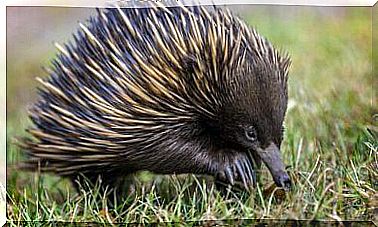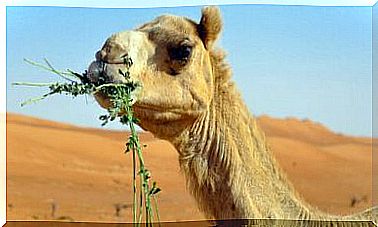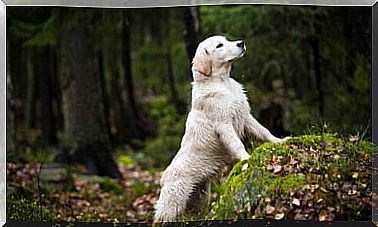What Are Wildlife Passages?
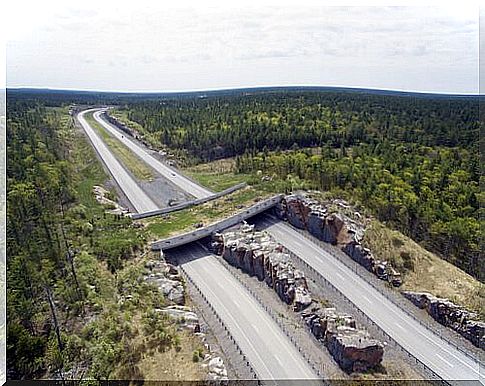
Thanks to modern communication routes, today it is possible to reach any place in a short time. Highways, motorways and railways run through our country far and wide. Obviously, however, in many cases they pass through natural places , woods and parks. With often harmful consequences for the fauna. Hence the importance of the faunal passages. Also called faunal “corridors”, they allow to limit the problems that large public works cause to the environment .
What are the faunal passages?
Well hidden from the eyes of the casual traveler, many of these wildlife passages have been built along the main road and railway junctions. Normally, these corridors look like bridges or tunnels. Their goal is to cross human paths, without however coming into contact with people and dangers. In short, a way to facilitate the transit of animals, avoiding the risk of fatal accidents.
They can also be tunnels that pass under highways or in demarcated areas where aerial or marine activities take place. However, there are also other systems that tend to “naturalize” environments where concrete prevails. For example, some wild plants are being introduced to connect wild bee hives and encourage pollination.
Some wildlife passages can even be very picturesque, with artificial trees and lake areas, in order to recreate a habitat conducive to the normal life of wild animals, where they can feel comfortable and no longer threatened.
There are also smaller ones or with very particular structures. A wildlife corridor was recently inaugurated for a species of primate, the marmoset, created from a suspension bridge that crosses a regional road in Colombia.
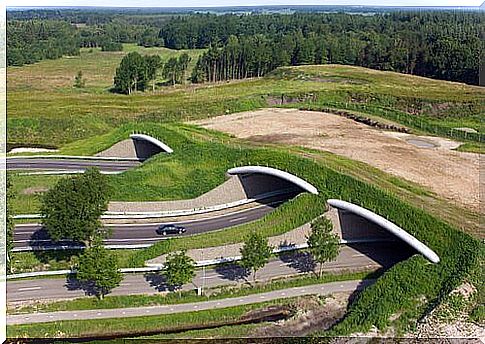
Faunal passages and the recovery of compromised habitats
The destruction of habitats is one of the biggest threats that exist for animals in danger of extinction. But this does not happen suddenly, as a block, as one might imagine. Usually, different sections of the same ecosystem are slowly eroded by human intervention, until it disappears completely, being incorporated into the “civilized” territory.
The importance of genetic exchange and faunal passages
The truth is that the fragmentation of habitat due to other problems for these species. Like the fact that human activities end up separating entire populations, putting their ability to find food and reproduce at risk.
The genetic exchange is one of the main tools that allows you to continue the species, since it builds on the success of the genes more resistant and strong. Animals with less genetic variety, such as the Iberian lynx, mountain gorilla or cheetah, are wild animals that are highly susceptible to disease or climate change.
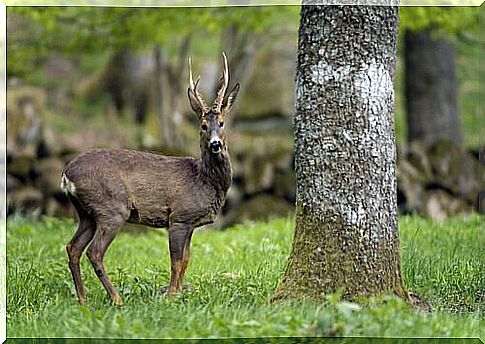
As you have seen, there are many advantages deriving from the construction of new wildlife corridors. Very ambitious projects are currently being planned in this sense. Some plan to cross half of Europe or several countries surrounding the Himalayas. These ecological passages would be useful for expanding habitats by hundreds of kilometers. As in the case of the Iberian wolf of the Sierra Morena, an endangered species.
Wildlife passages: a solution against accidents
Before the advent of the ecological passages, the animals moved equally from their original territory in search of a partner , food or water. This has led to a large number of road accidents over the years . According to the latest statistics, about ten thousand animals a year are killed in Italy alone , hit by cars, trucks and motorcycles.
In countries like Spain, for example, there are species, such as the Iberian lynx, which has been literally decimated by traffic, although there are areas with speed limits, speed cameras and forest rangers’ controls.
Certainly the wildlife passages are the best solution against accidents. However, it must be said that they cannot be built everywhere. On secondary roads, many species are unaware that they need to make a detour using this safe corridor. Most animals are unaware of the risks involved in crossing a country road.
Although wildlife corridors are a great way to mitigate the impact we cause to wild animals, always remember to be very careful when driving in natural areas with dense vegetation. In case you are the protagonists or witnesses of an accident with wild animals, always remember to contact the nearest rescue center without hesitation.




